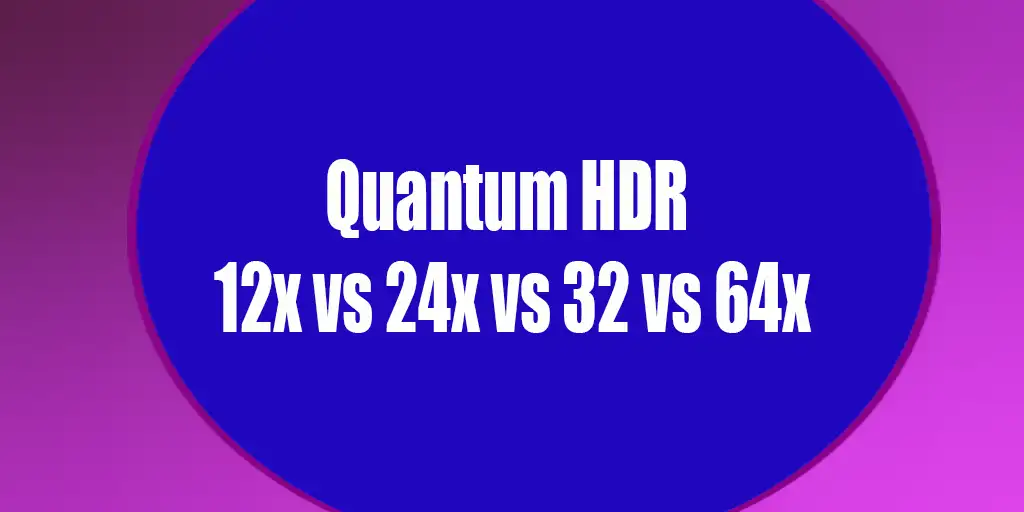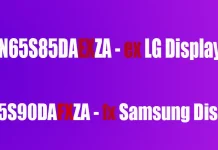Let’s understand Quantum HDR technology today, because it’s a very interesting technology that many potential buyers just don’t understand.
In general, modern technology in TVs stagnates, I think it is obvious to everyone who at least slightly follows the changes in this industry. The last breakthroughs were in the mid-2010s and now manufacturers have to draw attention to new models with minor improvements and not always these improvements and new technologies are really important. So you need to figure it out if you want to spend your money wisely.
What is Quantum HDR explained
Quantum HDR is essentially a marketing term designed to grab attention, and it’s used in TVs with quantum dot (QLED) displays.
The term itself plays on two concepts:
- Quantum refers to the technology behind quantum dot displays.
- HDR (High Dynamic Range) is a technology that enhances content quality on high-end TVs by adjusting brightness, contrast, and colors to produce more lifelike images.
In simple terms, HDR allows TVs to interpret metadata embedded in content, adjusting settings like brightness and contrast on a per-frame or scene basis. In more advanced HDR versions, this process becomes dynamic, resulting in significantly increased power usage and CPU load as the TV modifies these settings in real-time during playback.
Quantum HDR 12x-64x
When Samsung marketers were brainstorming innovations for their TVs, they came up with the name Quantum HDR 12x and similar terms. The true meaning behind these numbers is somewhat unclear, and Samsung modestly claims that these figures are based on internal testing standards.
One possible explanation is that Samsung based this parameter on a scale of 100 units of peak brightness, leading to the following breakdown:
- Quantum HDR 12x: Peak brightness 1200 nits (12 × 100)
- Quantum HDR 16x: Peak brightness 1600 nits (16 × 100)
- Quantum HDR 24x: Peak brightness 2400 nits (24 × 100)
- Quantum HDR 32x: Peak brightness 3200 nits (32 × 100)
- Quantum HDR 40x: Peak brightness 4000 nits (40 × 100)
- Quantum HDR 64x: Peak brightness 6400 nits (64 × 100)
To summarize: it’s important not to focus too much on this parameter, as it’s not truly reflective of real-world usage. Peak brightness is measured with the TV’s settings cranked up to their maximum—brightness, contrast, and backlighting—while displaying a completely white image. In reality, this is not how you typically watch TV, and such numbers, while impressive, are often unrealistic.
In my opinion, these figures are just marketing ploys designed to entice customers with big numbers that don’t necessarily translate into a better viewing experience.







Samsung QN900A has Quantum HDR X64 according to Samsung’s website.